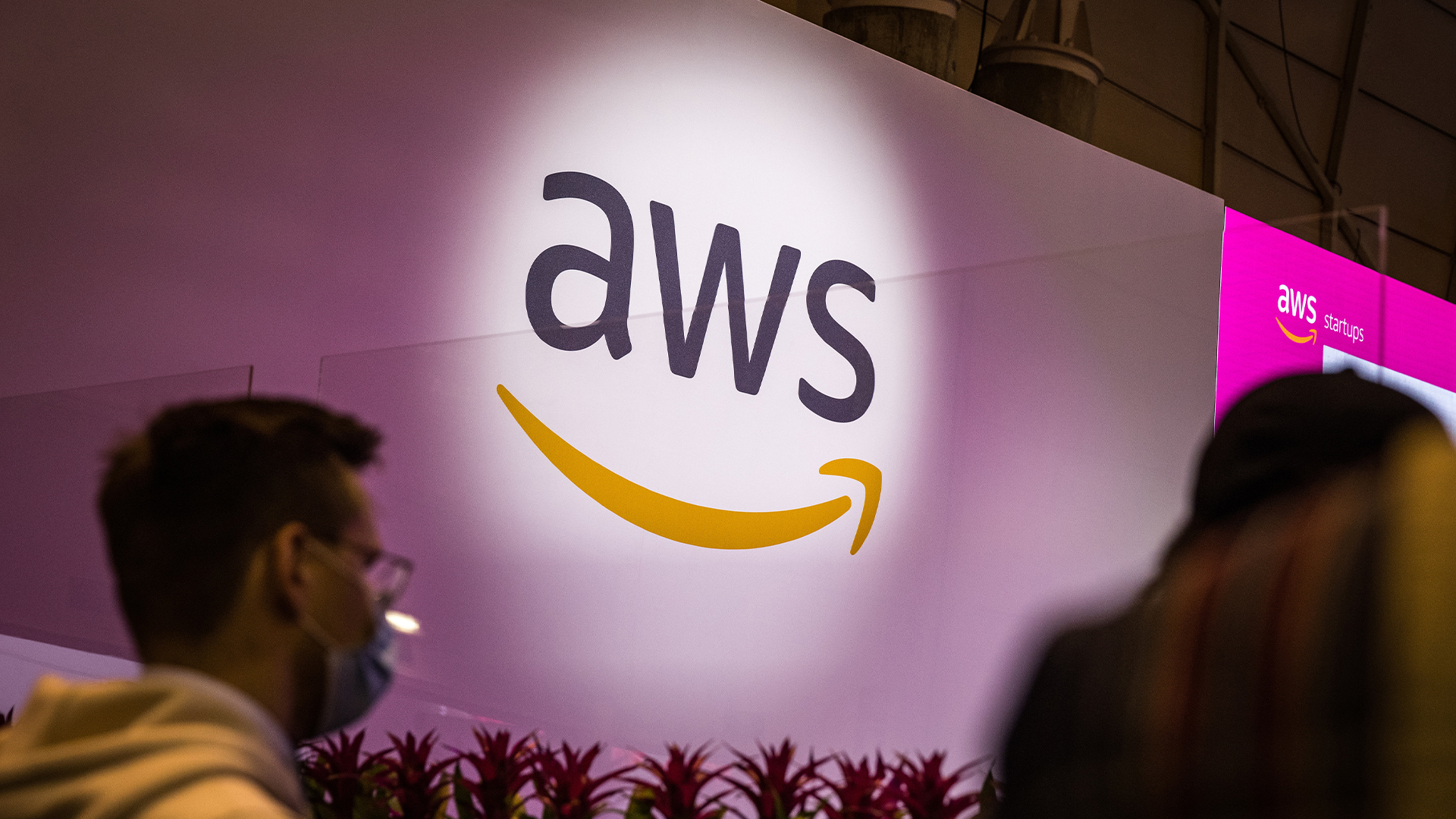Can the UK achieve AI sovereignty?
The UK trails in the supercomputer stakes and is still dependent on US hyperscalers to power its infrastructure


“We can be an AI maker, not just an AI taker”. These were the words of UK prime minister Keir Starmer when he took to the stage to open London Tech Week earlier this year and unveiled extra £1bn funding to accelerate the UK towards its goal of scaling its compute capacity by twenty-fold by 2030.
Starmer was joined on stage by Nvidia chief Jensen Huang, who hailed the UK’s AI sector, but warned that the country lacked a critical component: “If you’re in the world of AI, you do machine learning. You can’t do machine learning without a machine.”
It’s no surprise then that a couple of days later, the UK chancellor Rachel Reeves pledged £750m investment towards a new supercomputer to be based at the University of Edinburgh. The funding had previously been pulled last August.
The new system will exceed the capabilities of the university’s current supercomputer system, ARCHER2. Researchers will be using it to carry out large-scale complex modeling and to test scientific theories. The hope is that this will lead to innovative breakthroughs that benefit medicine, climate change and national security.
The hope is that this new supercomputer and other investments in AI infrastructure will help the UK to keep pace with other nations in the AI arms race.
“As the third-largest AI nation in the world, behind the US and China, this is a generational opportunity to increase our leverage in the space,” says Jeff Watkins, chief technology officer at CreateFuture. The US and China, adds Watkins, are “the gold standard”.
In the months since, big tech companies have acknowledged the UK’s potential by pledging billions of dollars to expanding AI infrastructure across the country. Microsoft pledged £22 billion ($30 billion) for UK expansion, inclusive of a new AI supercomputer containing over 23,000 Nvidia GPUs, while Nvidia announced £11 billion plans for 120,000 of its chips to be deployed in the UK by the end of 2026.
Sign up today and you will receive a free copy of our Future Focus 2025 report - the leading guidance on AI, cybersecurity and other IT challenges as per 700+ senior executives
Elsewhere, Google is undertaking a £5 billion ($6.72 billion) investment drive in UK infrastructure, including a new data center at Waltham Cross and Salesforce confirmed it will spend $6 billion (£4.46 billion) on its UK businesses by 2030. Oracle also pledged $5 billion (£3.72 billion) in UK spending earlier in 2025.
All of these firms will work to rapidly expand the UK’s sovereign compute capability, though much of the chips and networking infrastructure deployed as part of these plans will be available only to hyperscaler customers. This contrasts the likes of the UK’s existing high-performance computing (HPC) infrastructure, much of which is available to academics and researchers.
The UK trails in the supercomputer stakes
The US launched the world’s first exascale computer, Frontier, in 2022. The system was the fastest in the world, per the Top500 list, until it was knocked off its perch by the El Capitan supercomputer based at the Lawrence Livermore National Laboratory in California. The US has four systems in the top 10 of the June edition of the Top500.
The EU dominates the top ten, with five of the world’s fastest supercomputers spread across Finland, Germany, Italy, and Switzerland. This includes Jupiter, Europe’s first exascale supercomputer, as well as Alps and Lumi, which is part of the EuroHPC project which includes Germany’s Jupiter, Italy’s Leonardo, and Spain’s Marenostrum 5 among others.
Japan has one entrant in the latest top 10: Fugaku. The supercomputer, currently ranked 7th, was the fastest in the world until it was surpassed by Frontier. The Japanese government is reportedly investing ¥110bn ($760m) to build and launch the first-ever ‘zettascale’ supercomputer by 2030.
The UK had two entrants in the Top500. ARCHER2 ranked 79th, while the second phase of the Isambard-AI system at the University of Bristol placed 11th. The latter is a significant step forward for UK researchers, with the capacity to perform far more complicated calculations than ever before and complete AI-specific tasks such as training a large language model (LLM). It also ranks fourth globally for energy efficiency, as measured by the Green500 list.
However, the latter’s High-Performance Linpack (HPL) score of 216.5 petaflops pales in comparison to El Capitan and Frontier, which boast HPL scores of 1.742 and 1.353 exaflops respectively.
China hasn’t featured in the top ten since June 2023. Its compute capacity can be hard to measure because of how opaque its computing and research is. But the country is widely believed to operate several exascale supercomputers, with more reportedly in development per Data Center Dynamics.
The list shows that the UK has a long way to catch up to its competitors. “We can’t outclass the US, but if [Starmer’s] promised investments materialize, then we will be on a sound competitive footing with them, alongside Japan and the EU,” argues Watkins.
The need to be less reliant on US hyperscalers
Establishing a leading position in the AI arms race is about more than just faster supercomputers, though. Other factors to consider include chip design, IP and manufacturing as well as cloud data dependency. There’s also the huge amount of energy required to run sovereign systems.
The problem is that the UK is still reliant on US hyperscalers for its compute resources and cloud capabilities, according to Cory Hawkvelt, chief technology officer at NexGen Cloud. In June, he gave a speech to UK policy makers, senior executives and investors at the Frontier FO Forum.
In speech notes shared with ITPro, Hawkvelt stressed that the UK needed to improve its infrastructure if it wants to achieve AI sovereignty.
“...AI doesn’t run on thin air,” Hawkvelt said. “It runs on compute. And compute lives inside infrastructure: GPUs, power, cooling, software orchestration – the lot.”
“Everyone wants the latest infrastructure, but few can deploy, especially in Europe. And even when they can, the data centre racks themselves are changing.”
“We’re looking at >600kW racks and multi-megawatt clusters. You don’t just plug that into any data center. Europe’s problem is fragmentation – each country needs its own secure footprint, with high-density capability. That’s what we’re solving with our edge deployments and regionalization strategy.”
To add to the frustration, while each component of a full AI stack is available in the UK, there are no firms offering a complete solution that aligns with Starmer’s plan for secure, sovereign AI development tools, added Hawkvelt. He believes the solution could be the UK building its own sovereign AI cloud.
In September 2024 the UK government announced data centers will be treated as critical national infrastructure – Watkins underlines that this is an important step toward AI self-sufficiency, which is necessary in the interests of the country.
“Not because we want to go it alone necessarily, but because we need to be able to thrive in a world of uncertainty in the geopolitical space.”
Rich is a freelance journalist writing about business and technology for national, B2B and trade publications. While his specialist areas are digital transformation and leadership and workplace issues, he’s also covered everything from how AI can be used to manage inventory levels during stock shortages to how digital twins can transform healthcare. You can follow Rich on LinkedIn.


